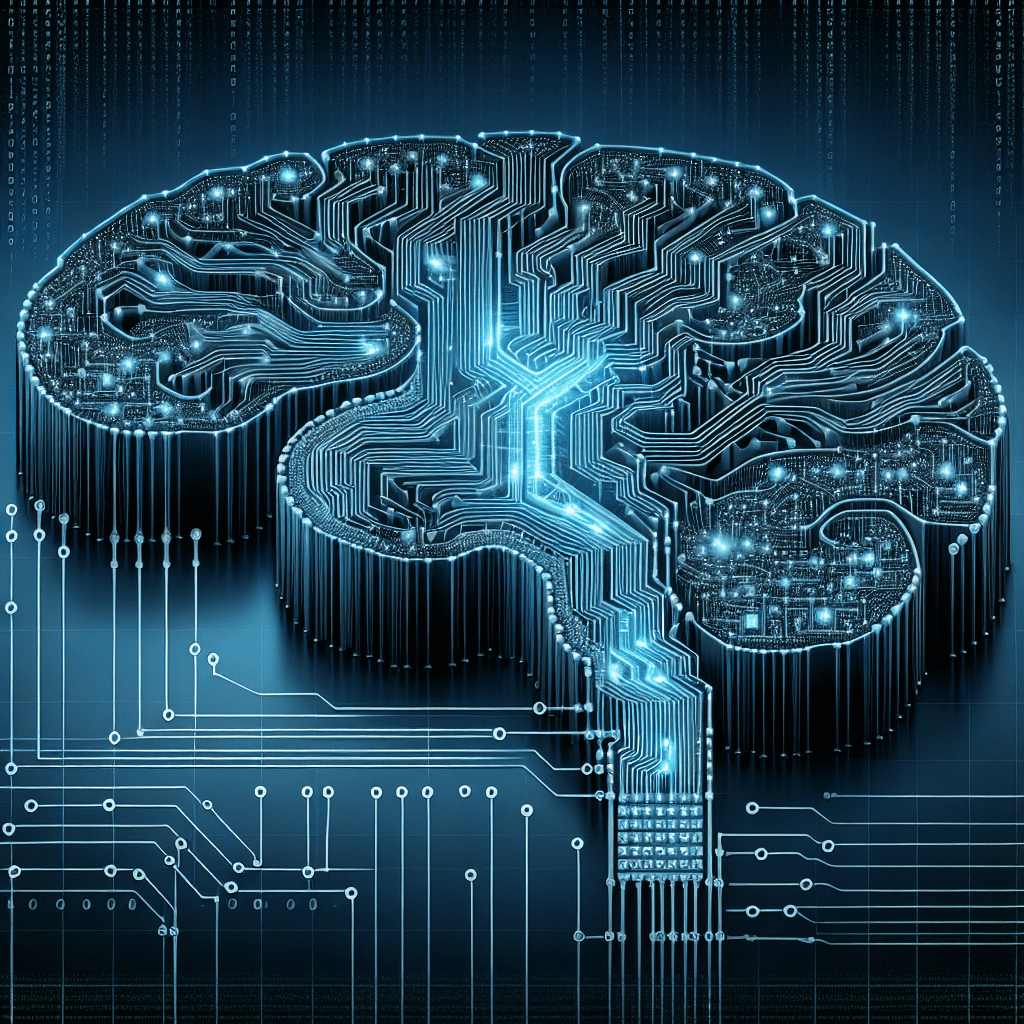Your cart is currently empty!
Exploring the Power of Recurrent Neural Networks in Machine Learning

Request immediate IT services, talents, equipments and innovation.
Recurrent Neural Networks (RNNs) are a powerful and versatile type of artificial neural network that is widely used in machine learning applications. Unlike traditional feedforward neural networks, which only process input data in a single pass, RNNs are designed to handle sequential data by maintaining a memory of previous inputs. This ability to remember past information makes RNNs well-suited for tasks such as speech recognition, natural language processing, and time series prediction.
One of the key features of RNNs is their ability to process sequences of variable length. This makes them ideal for tasks where the length of the input data may vary, such as processing sentences of different lengths in natural language processing. RNNs accomplish this by using recurrent connections that allow information to flow from one time step to the next. This enables the network to maintain a memory of past inputs and make predictions based on this context.
RNNs can be used in a wide range of applications across different industries. In the field of natural language processing, RNNs are commonly used for tasks such as language translation, sentiment analysis, and text generation. For example, RNNs can be trained on a large dataset of English and French sentences to build a machine translation system that can automatically translate text from one language to another.
In the field of speech recognition, RNNs are used to process audio signals and convert them into text. By training an RNN on a dataset of spoken words and their corresponding text transcriptions, a speech recognition system can learn to accurately transcribe spoken words into written text.
In the field of time series prediction, RNNs are used to forecast future values based on past observations. For example, RNNs can be trained on historical stock price data to predict future price movements, or on weather data to forecast future temperatures.
Despite their power and versatility, RNNs do have some limitations. One common issue with traditional RNNs is the problem of vanishing gradients, where the gradients used to update the network’s weights become very small and cause the network to stop learning. To address this issue, researchers have developed more advanced types of RNNs, such as Long Short-Term Memory (LSTM) networks and Gated Recurrent Units (GRUs), which are designed to better capture long-term dependencies in sequential data.
In conclusion, Recurrent Neural Networks are a powerful tool in the field of machine learning, particularly for tasks that involve sequential data. By leveraging their ability to remember past information and process variable-length sequences, RNNs can be used to tackle a wide range of real-world problems across different industries. As researchers continue to improve the performance and capabilities of RNNs, we can expect to see even more exciting applications of this technology in the future.
Request immediate IT services, talents, equipments and innovation.
#Exploring #Power #Recurrent #Neural #Networks #Machine #Learning,recurrent neural networks: from simple to gated architectures
Discover more from Zion AI: Free Marketplace for Talents, Tech Jobs, Services & Innovation, Sign-up for free
Subscribe to get the latest posts sent to your email.

Leave a Reply